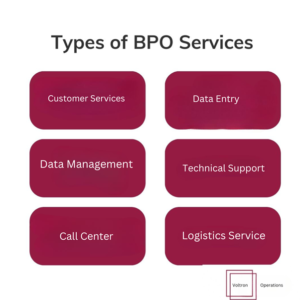Farewell to Pope Francis: A Humble Servant of God Returns Home
On April 21, 2025, the world paused in heartbreak and prayer as we received the devastating news:
Pope Francis, the 266th successor of Saint Peter, has returned to the Father at the age of 88. He was not just a pope. He was our shepherd, our voice of gentleness in a noisy world. He was the living example of someone who choose mercy over might, humility over honor, and compassion over comfort.
Today, we don’t just mourn a leader. We mourn a soul who loved us deeply and showed us the face of Christ.
The Life and Mission of Pope Francis
Born Jorge Mario Bergoglio in the heart of Buenos Aires, Argentina, he grew up among ordinary people with extraordinary faith. That simple, steadfast love for humanity stayed with him every step of his journey to the papacy.
From the very first moment he stepped onto the balcony of St. Peter’s Basilica as Pope Francis, After Pope Benedict XVI stepped down from the Chair of Saint Peter in 2013, an unseen moment in nearly 600 years — not since Pope Gregory XII in 1415 had a pope resigned while still alive.
Everybody had expectation that This would be a different kind of pope.
A Legacy Written in Mercy and Courage
What will history say about Pope Francis?
It will say he broke barriers.
It will say he loved the unloved.
It will say he washed the feet of the forgotten and kissed the wounds the world ignored.
From the tiniest villages to the grandest cathedrals, the impact of his tenderness will echo long after our candles have flickered out.
Through every papal audience, every gentle blessing, every humble prayer, he wove a story of faith that will be told for generations.
Gone from Our Sight, Never from Our Souls
As the bells ring one final hymn over Rome, our hearts whisper a thousand prayers.
Pope Francis was not just a leader — he was a living testimony of God’s gentle mercy among us.
In his humility, we found our strength.
In his compassion, we found our hope.
In his humanity, we saw the face of Christ.
He may be gone from our sight, but he is never gone from our souls.
Forever in our prayers, forever in our hearts.
And now, as we commend his beautiful soul to our loving Father, we whisper the words written in Scripture for every faithful servant:
“Well done, good and faithful servant.”(Matthew 25:23)
Rest now, dear Francis, in the arms of the God you served so selflessly.
You are home.
Amen.
He rejected the lavish, chose the simple.
He abandoned grand speeches for heartfelt conversations.
Through every papal audience, where crowds eagerly sought papal audience tickets just to glimpse his smile, Pope Francis reminded us that the Church is first and foremost a home for all. He was Christ’s heart, walking among us.
Rome in Mourning: A Church in Tears
The mighty bells of St. Peter’s toll not for the grandeur of a leader but for the soft absence of a beloved father. The air in the Vatican feels heavier now — sacred, sorrowful, and full of whispered prayers.
The once lively papal audiences have stilled. Pilgrims flood into Rome, not for celebration but for remembrance. Each one bringing prayers, tears, and candles to light the darkness of loss.
The Sacred Process: Choosing the Next Shepherd
Now, as we say goodbye toPope Francis , the Church prepares to seek its next shepherd. The next bekon of light to protect and guide god’s children.
The College of Cardinals, those who once stood beside Francis, will soon gather inside the Sistine Chapel for the sacred ritual known as the conclave.
Only cardinals under 80 years of age will be eligible to vote. They will cast their ballots, definitely not as politicians, but as humble servants asking for divine guidance. They’ll be kept in a closed place where they cannot interact with anyone outside until the new pope is chosen.
If no decision is made after a vote, black smoke will rise above the Vatican.
When a new pope is chosen, the world will see the ancient signal that would be white smoke ascending like a prayer into the Roman sky.
And then, from the balcony of St. Peter’s, the words will echo once more:
“Habemus Papam” — “We have a Pope.”
It’s not fame or politics that chooses the next pope or the personal interest of cardinals. It’s prayer, the Spirit and trust.

























